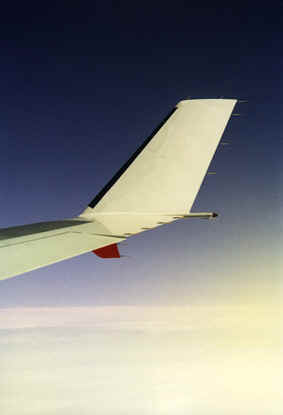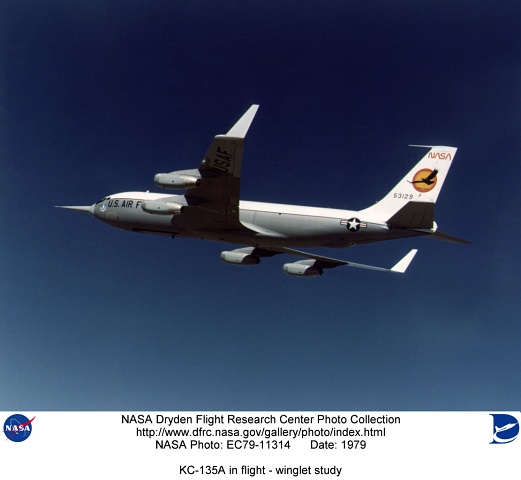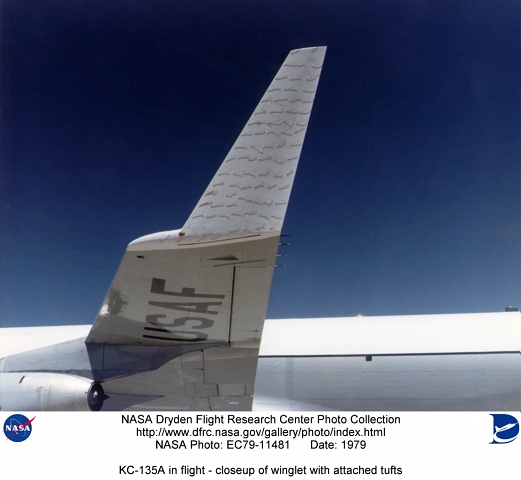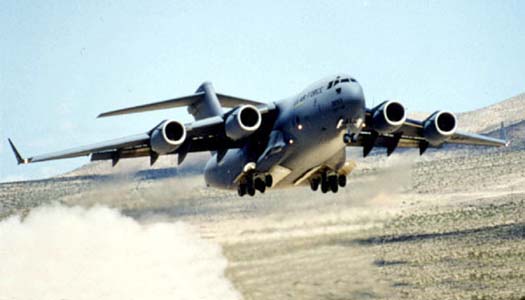Although I sent in a crude sketch of various forms of winglets, they understood my words and vision. The research was to look at different ideas & methods such as holding the vacuum lift component on top longer vs. helping contain the pressure underneath, and was another aspect of examining how to control the vortex. This seems to resurface when there is an energy crunch. You may have seen a photograph of wind tunnel research that had a wing tip with several or variable components like this one below.

Winglets have since been added to nearly any type of vehicle, from 747's to gliders and modelers. My first web search on this topic did not produce any results. A couple days later the search engines had several links.
Fairly recent news indicates that a company in Seattle hopes to retrofit nearly every Boeing jet (over 10,000 planes) at a price of about $400K to $900K per vehicle. So you know the fuel savings must be worth it. There are findings of getting from 3-7 % reduction in drag, increased climb rate, increased range and payload, slip stream wake benefits for other vehicles passing nearby, and reduced flutter oscillations. It is said a 747 can gain 6,000 - 9,000 lbs extra take-off payload using winglets. One smaller jet became rated for trans-oceanic flights due to benefits of the winglets.
Winglets are primarily used in sub-sonic craft. And you can
envision why I used a compound curvature at the wing tips of the SR-71 to try
simulate this effect. The angles and final shape vary, depending on the vehicle.
The NASA researcher attributed to studying this was Dr. Richard T. Whitcomb.
Reports indicate the winglet was developed by NASA Langley wind tunnel research
in the mid 1970's.
A photo of a KC-135 with winglets is dated 1979.
A photo of a Gates Learjet Longhorn in a NASA Spin Off magazine article is dated
1980.
So you probably noticed the time warp between the DOD using winglets technology in the
early 1960's and NASA using them over a decade later.

Examples of winglets in use.



C-17 Globemaster


Secretive winglet contouring on the Blackbird's outer wingtips. Sorry these pics are just from a plastic model; looking at a real vehicle would give you a better idea of the vortex control.